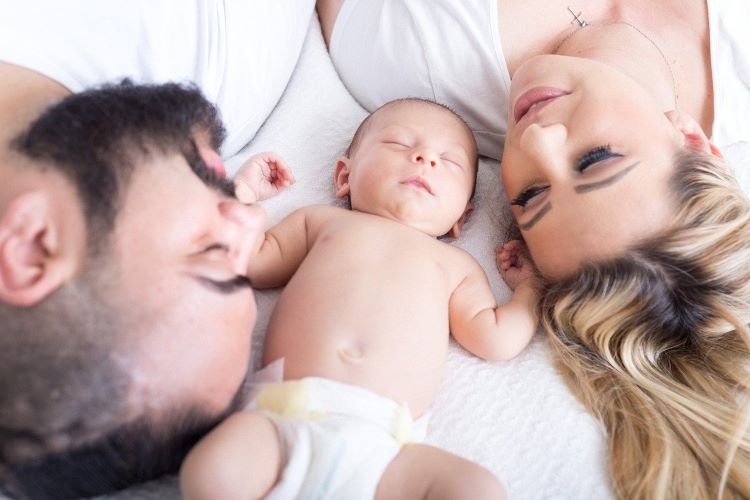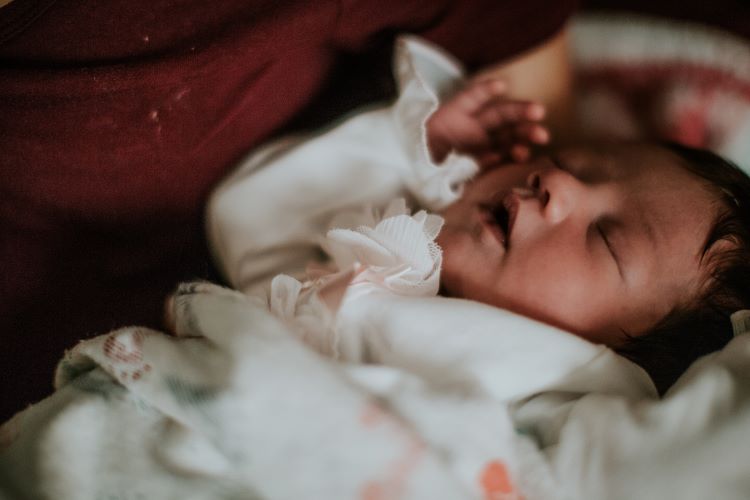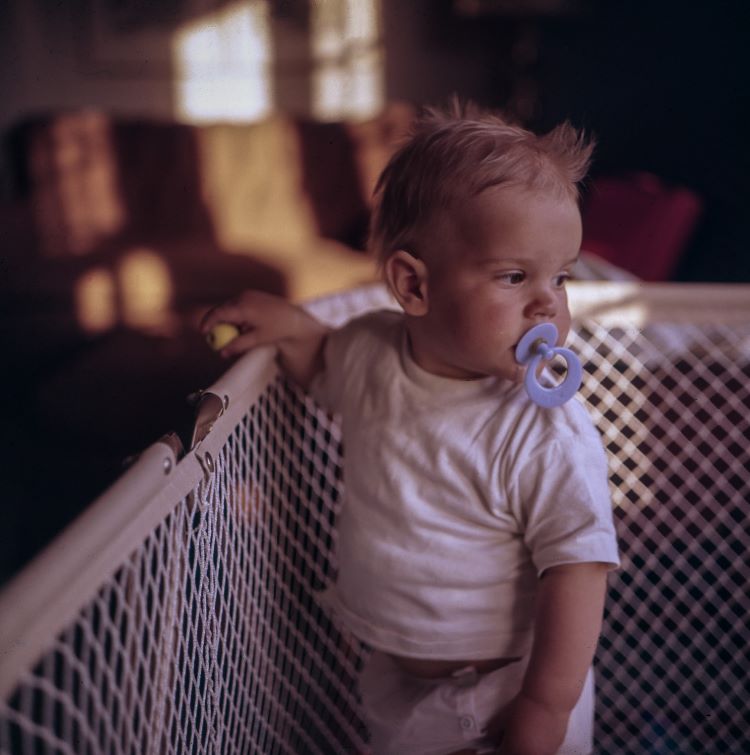You have been waiting for months and the excitement is bubbling up. Perhaps it’s your first time or you’re a pro with a whole bunch of them. Still, the excitement of having another baby cannot be hidden from you. Whether it’s your first time or not, the most important thing is to experience and witness your child growing and becoming something you’re proud of.
The first year is the tenderest age for a child and it’s where most parents experience loss. Nevertheless, with technology, science and improvements in medicine, we are now able to account for most of these deaths, just like we have come to embrace the best mattress topper for back pain and quality sleep.
You’ve probably not heard of the term SIDS. This stands for Sudden Infant Death Syndrome and has been defined as follows by the National Institute of health according to a 1989 consensus statement:
“The abrupt demise of a child below one year of age that remains undetermined after an exhaustive case investigation, including counter examining a death scene, conducting a complete autopsy, and reviewing the clinical history.”
This can be quite detrimental if not torturous to the parent. A good number of these deaths occur in sleep. It’s no wonder adults are becoming more aware of their sleep positions, getting a top-quality mattress to suit their sleeping positions and also the best mattress topper for back pain.
Below are some of the best ways you can implement to ensure maximum safety for your baby during sleep:
Cosleeping and Bedsharing

Take heed when sleeping with the baby
In simple terms, bedsharing is when the baby shares a sleeping surface with another person – in this case, you as the parent.
Cosleeping, on the other hand, is when the infant is just within arm’s reach, but not on the same bed. For instance, if the baby’s crib is just close by, that can be considered as cosleeping, even when using the best mattress topper for back pain.
Multiple types of research indicate that babies who sleep in different rooms from their parents have higher chances of shock and thus SIDS. You therefore want to maintain the intimacy by having your baby nearby.
That notwithstanding, having the infant sleep on the same bed as you increases the chance of strangulation or suffocation. It is common to also find cases of parents who have rolled on top of their kids unintentionally. For this to be avoided, you are advised to get a firm sleeping surface for your child on their crib. Don’t worry, the intimacy isn’t all lost!
Roll-up Blankets and Stuff
Until your baby is grown enough to understand the comfort of quilts, comforters, pillows, stuffed toys and the best mattress topper for back pain, you will have to do away with all for the time. This prevents entrapment, strangulation or suffocation.

Nothing cute like a sleeping baby
Thick layers of blankets and sheets may also limit oxygen and even keep your young one in much heat – this could also be detrimental. Instead, make use of tight-fitting sheets and dress the charming one in a sleeper.
Smokers Guilt
Whether you’re still expectant or breast-feeding, the last thing you want your baby coming into contact with is smoke. If you have the habit, you’ll have to decide what’s more important for you between your child and a blunt.
In case you have smokers in the house, they now have to develop a new habit – smoke before coming to the house.
The Back Sleeper
Back-sleeping is especially fun for most people who make use of the best mattress topper for back pain. But since your baby’s undeveloped spine won’t require this, you are advised to always have your baby sleep on their backs on a firm surface. Form this habit even when in the car traveling or inside a stroller.
Should you realize your baby has learned to roll on his/her own from the backside to the tummy position, you can let them be – it seems they are growing up fast. To be on the safe side, don’t let your baby fall asleep on a couch, a sheepskin, a waterbed or a cushion for obvious reasons.
The Pacifier Effect

Don’t pressure the child should they refuse the pacifier
The child’s main and only food is breast milk. At this stage, you want to make sure they get loads of that. However, after the first two months, you can try introducing a pacifier to your child when not breastfeeding – not all love this though.
This goes a long way to reduce SIDS. It reduces the shock of taking away their natural food.
Be warned of products out there claiming to reduce the chances of SIDS – you’d rather take precaution following these stated methods.
Conclusion
Growing up can be fun, growing up with an extra layer of love and protection raises the stakes. Remember the environment you create from this early stage will be crucial in determining the direction your child takes. Set the example – lead!


